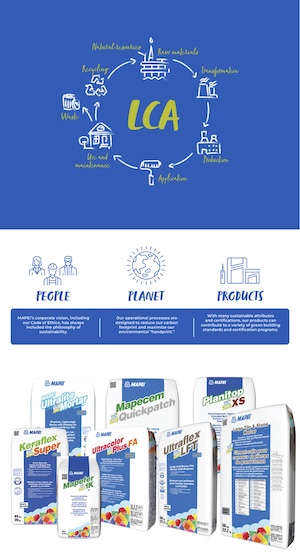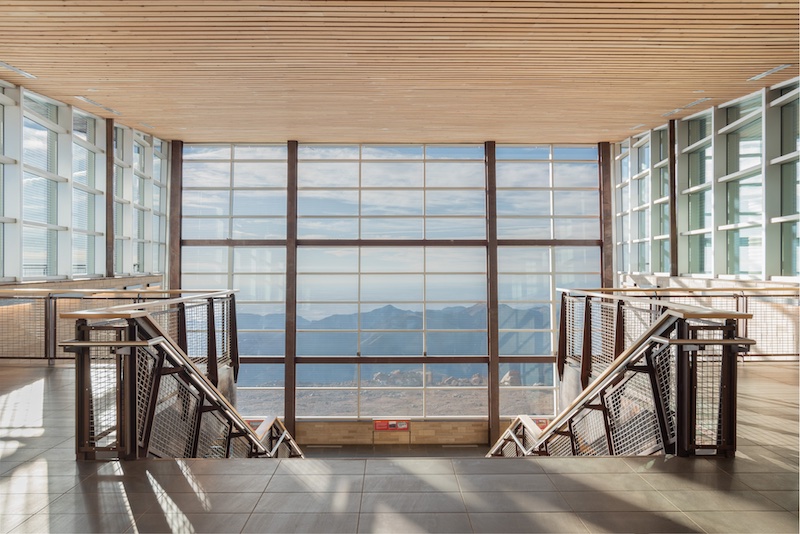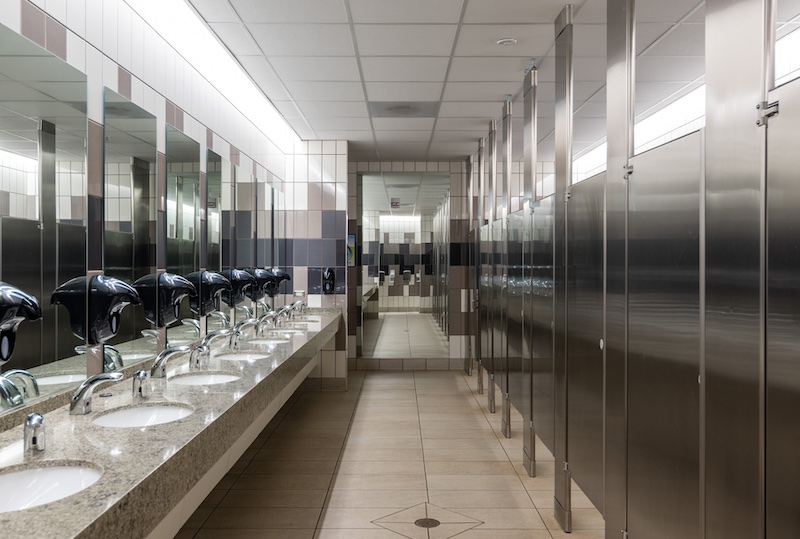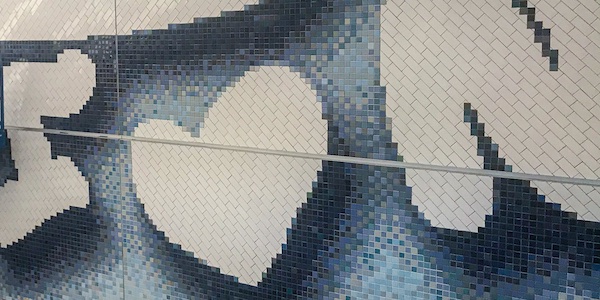The use of sustainable building materials is expanding in the construction industry, driven by lack of materials, increased demand for green building materials, and growing sustainability concerns.
The future is green. With the ever-growing awareness of the importance of sustainability, more and more builders are looking for ways to reduce the environmental impact of their projects, not only as an effort to protect the environment but also as a strategy to use less energy and water, generate less waste, and create fewer emissions than traditional buildings.
The sustainable building materials market exceeded $377 billion in 2022 and is projected to surpass $950 billion by 2030, Fortune Business Insights cited in its Global Green Building Materials Market report recently. The report shows increasing demand for green building materials, rising construction in North America, and increased government initiatives.
Project teams are increasingly seeking sustainable attributes and certifications in building products. Sustainable products are widely recognized as having lower environmental and human health impacts than typical products in the same category. Evaluating environmental and human health impacts can be complex, further confused by varying product claims and ever-evolving green building standard requirements relating to sustainable products. Fortunately, as the green building industry expands, so does the availability of sustainable products.

What makes a sustainable product?
There are wide range of certifications and attributes manufacturers can use to promote their products as sustainable. Some products are promoted based on their reduced environmental impacts when compared to a baseline environmental performance in a life cycle assessment (LCA). Other manufacturers transparently communicate their products’ ingredients’ impacts on human health. Some identify their social impacts and commitment to all their stakeholders including employees, individuals throughout the supply chain, communities, installers, and consumers. Some claim their products are developed with careful attention to research and development, the manufacturing processes, and packaging choices. Most focus on single attributes such as recycled content, carbon footprint, and VOC content and emissions, while others evaluate impacts on both human health and the environment (multi-attribute).
The sustainable attributes of a product advise project teams that a product has met a standard and offers either environmental or health benefits; they also eliminate greenwashing – misleading or unsubstantiated claims about the environmental and health benefits of a product.
Sustainable products with third-party certification are considered the most valuable among green building standards and certification systems. Third-party certification means a product has been independently verified as meeting environmental and/or health standards. They offer assurance to architects, designers, specifiers, and consumers that a product’s claims reflect its sustainable attributes. As a result, as the demand for products with sustainable attributes in the building market continues to increase, so do the number of sustainable product certifications.
Consequently, there are an overwhelming number of sustainable product certifications and attributes. Even for an informed person, it can be difficult to absorb all the information provided. Consumers should not be expected to analyze each of these certifications and attributes.
This has not hindered the growth of these sustainable attributes, as there is an increasing number of single- or multi-attribute human health and environmental criteria. In addition, the certifications and attributes of sustainable products can vary significantly depending on the product type.
All sustainable attributes are important, however, based on the product type, some are more important than others. For instance, the sustainable attributes of concrete mix are different than the sustainable attributes of wood doors, both of which are different from the sustainable attributes of tile-setting materials.
Due to these variabilities, assessing sustainable product certifications and attributes requires a deeper understanding of every product’s potential impact on human health and the environment, third-party standards and certifications for both green buildings and green products, and the availability of products in the building market including aesthetics, performance, cost, and sustainable attributes.


Sustainable materials for tile-setting products
For tile-setting materials, several characteristics differentiate sustainable materials from traditional ones:
- Locally-Sourced Products: selecting locally-sourced products supports the use of indigenous resources and the local economy, and reduces the carbon footprint of transporting materials.
- Recycled Content: Products with recycled content can potentially reduce the environmental impacts resulting from the extraction and processing of virgin materials.
- Durable Products: Durable products last longer, require fewer replacements and produce less waste.
- Embodied Carbon: Reduce environment impact of embodied carbon by using low-carbon or recycled materials to optimize the building design and construction process, reduce waste, and minimize transportation and energy use.
- Environmental Product Declarations (EPDs): EPDs communicate the greenhouse gas (GHG) emissions of a product in a transparent and standardized manner.
- Material Ingredients: Reduce human exposure to hazardous building material ingredients through the restriction or elimination of ingredients or products known to be toxic.
- Volatile Organic Compound (VOC) Emissions and Content: Minimize the impact of hazardous VOC emissions and content on indoor air quality.
- Fund Climate Action: Through the strategic use of carbon offsets, manufacturers can meet their sustainability goals. For MAPEI, our carbon neutrality is achieved by calculating the product’s carbon footprint and reducing it to zero through a combination of efficiency measures in-house, and the acquisition of certified carbon credits in support of renewable energy and forestry production projects.
Buying carbon credits is not enough, but it’s a start. We’re looking at our products and our facilities to reduce our carbon emissions. Offsetting our carbon emissions through the acquisition of certified carbon credits is the beginning of our “carbon journey.” We continue the reduction process by continually examining our products and processes to further reduce our impacts. Close attention is paid to our Life Cycle Assessments (LCAs), Global Warming Potential (GWP), and how we can further improve our impacts on the environment.
The process of selecting and/or specifying sustainable products can be time- and budget-consuming. However, industry leading manufacturers, including MAPEI, understand that third-party certification is becoming increasingly important, as sustainable construction is becoming the norm rather than the exception. As new and more stringent requirements continue to be introduced in sustainable construction, project teams can expect continued progress in advancing sustainable products.


Sustainable building products for sustainable building projects
For MAPEI, the Pikes Peak Summit Visitor Center in Colorado became an opportunity to get involved from the beginning of the project. We aided on product selection for the most environmentally-conscious construction project on one of North America’s highest mountain peaks. MAPEI worked with the design and construction team to strategically select products that not only meet the performance, aesthetic, and other traditional considerations but also LEED and Living Building Challenge sustainability requirements. Ultimately, more than 15 MAPEI products across three product lines were chosen to build the Visitor Center due to their sustainability features.






Brittany Storm
Brittany Storm is the Sustainability Manager at MAPEI. Her background as a sustainable building consultant and experience in construction management allow her to speak to both big picture and technical aspects of a project. Brittany is a LEED Accredited Professional (AP) with Building Design and Construction (BD+C) and Interior Design and Construction (ID+C) specialties, and a WELL AP and Fitwel Ambassador. In addition, she is active in several sustainability committees.







